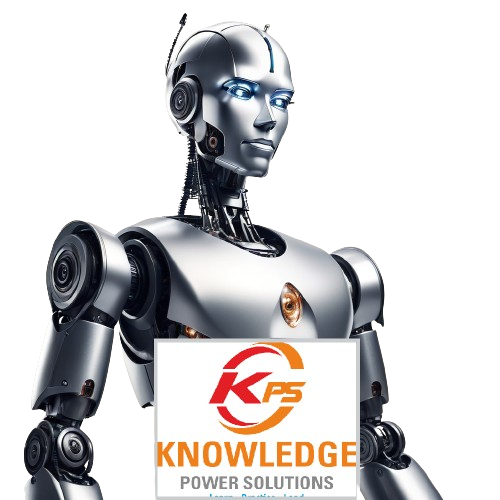
Data cleansing and transformation are critical steps in the data preparation process, ensuring that data is accurate, consistent, and usable for analysis. Below is an overview of key concepts related to data cleansing and transformation.
1. Data Cleansing
Data cleansing (or data cleaning) involves identifying and correcting errors, inconsistencies, and inaccuracies in data to improve its quality. It ensures that the data is accurate, complete, and reliable for analysis.
Key Concepts in Data Cleansing
-
Error Detection:
- Validation Rules: Rules that define acceptable data formats (e.g., date formats, numeric ranges).
- Outlier Detection: Identifying data points that significantly differ from other observations, which may indicate errors.
-
Data Deduplication:
- The process of identifying and removing duplicate records to ensure each entry is unique.
-
Handling Missing Values:
- Imputation: Replacing missing values with calculated values, such as the mean or median.
- Deletion: Removing records with missing values if they are not critical to the analysis.
-
Standardization:
- Ensuring consistency in data representation, such as converting all text to lowercase, standardizing date formats, and harmonizing units of measure.
-
Data Integrity:
- Maintaining the accuracy and consistency of data over its entire lifecycle, including checking referential integrity in relational databases.
-
Noise Reduction:
- Removing irrelevant or redundant information that does not contribute to the analysis, such as extra whitespace or irrelevant columns.
2. Data Transformation
Data transformation involves converting data from its original format into a format suitable for analysis. This can include changing the structure, format, or value of the data.
Key Concepts in Data Transformation
-
Aggregation:
- Summarizing detailed data into higher-level representations, such as calculating total sales per region or average temperature per month.
-
Normalization:
- Adjusting values in the dataset to a common scale, which can be particularly important for machine learning algorithms. For example, transforming values to a range of [0, 1] or standardizing them to have a mean of 0 and a standard deviation of 1.
-
Encoding:
- Converting categorical data into numerical formats suitable for machine learning algorithms (e.g., one-hot encoding, label encoding).
-
Data Type Conversion:
- Changing the data type of a field (e.g., converting strings to dates or integers).
-
Data Merging and Joining:
- Combining data from different sources or tables to create a unified dataset, which can involve inner joins, outer joins, or cross joins.
-
Data Splitting:
- Dividing datasets into training and testing sets, particularly important in machine learning contexts.
3. Tools and Techniques for Data Cleansing and Transformation
Various tools and techniques can be employed for data cleansing and transformation, including:
-
ETL Tools: Tools like Talend, Apache NiFi, and Microsoft SSIS often include built-in features for data cleansing and transformation.
-
Programming Languages:
- Python: Libraries such as Pandas and NumPy are widely used for data manipulation and cleaning.
- R: The
dplyrandtidyrpackages in R provide functionalities for data cleaning and transformation.
-
SQL: Structured Query Language (SQL) can be used for cleansing and transforming data directly in databases, using commands for filtering, joining, and aggregating data.
-
Data Profiling Tools: Tools that help assess data quality by providing insights into data distribution, completeness, and uniqueness.
4. Importance of Data Cleansing and Transformation
-
Improved Data Quality: Ensures that data is accurate, consistent, and reliable, which is essential for making informed business decisions.
-
Enhanced Analysis: Cleansed and transformed data is easier to analyze, leading to better insights and outcomes.
-
Operational Efficiency: Reduces the time and resources spent on data preparation, allowing teams to focus on analysis and decision-making.
-
Compliance and Governance: Proper data cleansing helps organizations comply with regulations by ensuring that data meets required standards.
Conclusion
Data cleansing and transformation are essential components of the data preparation process, ensuring that data is of high quality and suitable for analysis. By implementing effective data cleansing and transformation strategies, organizations can enhance their data-driven decision-making processes and gain valuable insights from their data.
